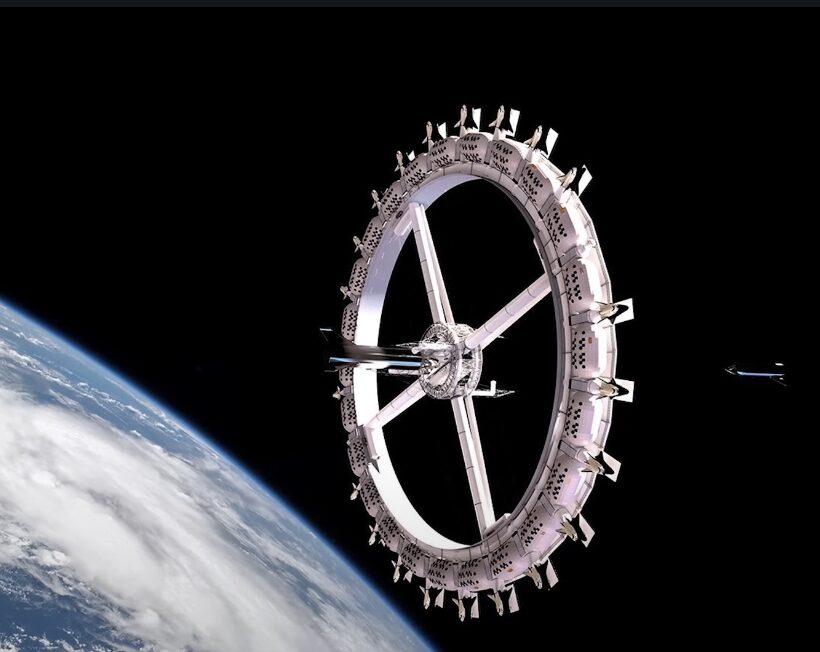Elon Musk, the visionary CEO of SpaceX, has once again captured the world’s imagination with his latest revelation: a groundbreaking concept to protect humans during Starship space missions. This visionary plan involves adding a slight rotation to the massive spacecraft, effectively generating artificial gravity that mimics the effects of Earth’s gravity. But how does this method work, and how does it address the challenges related to gravity in space? Let’s delve into the details in today’s episode of Elon Musk Era.
One of the primary challenges of space travel is the absence of gravity. The human body is accustomed to the constant gravitational force experienced on Earth’s surface. Prolonged exposure to microgravity can lead to various health issues, including bone density reduction, muscle atrophy, loss of hearing, and other diseases. While astronauts aboard the International Space Station mitigate these effects through rigorous exercise routines, commercial space flights involving non-astronaut passengers, such as SpaceX’s planned Mars colonization missions, require a different solution: creating an environment with artificial gravity.
The concept of utilizing rotation to generate artificial gravity isn’t new. Three years ago, the idea of connecting two crewed Starships and spinning them to create artificial gravity during the journey to Mars gained traction on Twitter. Musk himself expressed interest in the concept and recently confirmed that Starship will indeed have a slight spin on the way to Mars, emphasizing that even a tiny gravity vector is better than none.
https://www.youtube.com/watch?v=09w_5Gp-QUY
So, how will SpaceX implement this plan? While Musk hasn’t provided detailed specifications, astrophysicist Dr. Peter Hague has suggested tethering two Starships together and spinning them to simulate Mars gravity. This concept is akin to the Von Braun wheel, an evolution of an idea proposed over a century ago. The spacecraft would rotate around a central tether, creating a centrifugal force miming Earth’s gravity. Astronauts inside would experience gravity-like effects during their lengthy journeys to Mars or other destinations.
While Musk’s plan has garnered excitement and support, there are technical challenges to overcome. The spacecraft’s diameter and rotation rate must be carefully considered to avoid adverse effects such as dizziness and fatigue. Some experts have suggested dividing the spacecraft into two halves, with the crew situated in the lighter section to achieve a greater rotation radius with less tension.
Despite these challenges, Musk’s commitment to realizing the concept of a rotating Starship to generate artificial gravity is commendable. If successful, this innovation could revolutionize space travel, opening up new possibilities for astronauts and humanity as a whole.
In conclusion, Elon Musk’s visionary plan to add a spin to Starship missions represents a bold step forward in our quest to explore the cosmos. While challenges lie ahead, the potential benefits are immense, heralding a new space exploration and discovery era. As we eagerly await further developments, one thing is certain: the future of space travel has never looked more promising under Elon Musk’s leadership.







 WebProNews is an iEntry Publication
WebProNews is an iEntry Publication